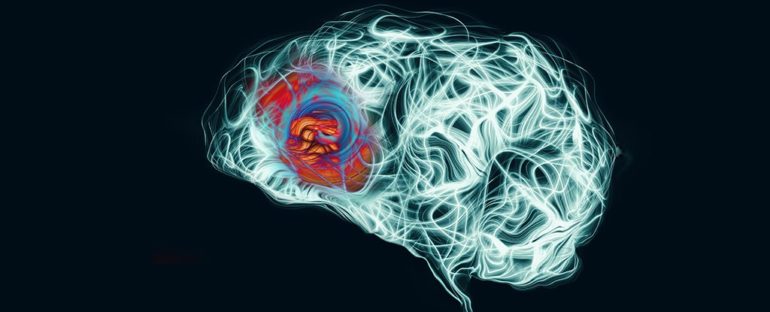Massaging key parts of the brain with a pulsating magnetic field can do wonders for some living with chronic depression. For others, it falls well short of promising a life without a debilitating mood disorder.
The overwhelmingly positive results of an unblinded experiment on a small group of volunteers suggests some tweaks to the protocol might improve the odds of it working for people who have failed to find a solution elsewhere.
Researchers from Stanford University and Palo Alto University in the US have shown in an open study on 21 people that administering five times the overall dosage of pulses across a higher number of daily sessions not only seems safe, but could achieve much better results.
The basis for this noninvasive treatment – which is called intermittent theta-burst stimulation (iTBS) – has already been approved as a therapy for major depression by the US Food and Drug Association.
It involves directing hundreds of intense magnetic pulses into a specific part of the brain for a few minutes per day over six weeks, encouraging neurons to slowly build stronger connections that can help alleviate the symptoms of chronic depression.
Think of it like weight-training for a part of the nervous system thought to be too weak to regulate emotions, helping the brain resist low moods more effectively.
While far from a panacea, the procedure has proven successful enough to provide hope for the 10 to 30 percent of depression patients who don’t respond readily to other therapies.
One study published in 2018 revealed just under half of people with a diagnosis showed at least some improvement following this treatment, with around a third going into remission.
When…
